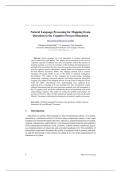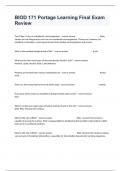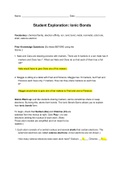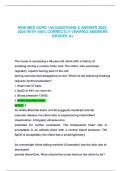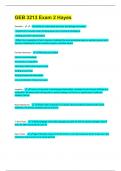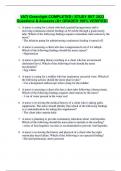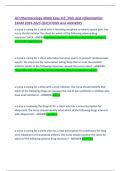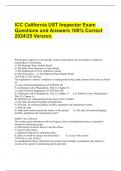Exam (elaborations)
Natural Language Processing for Mapping Exam Questions to the Cognitive Process Dimension
- Course
- Institution
2.1 Data acquisition This research is limited to the written exam questions used as research objects, namely the text of exam questions for various subjects held at the Faculty of Engineering and Science and the Faculty of Teaching and Education. This study needs text data about the end of t...
[Show more]
